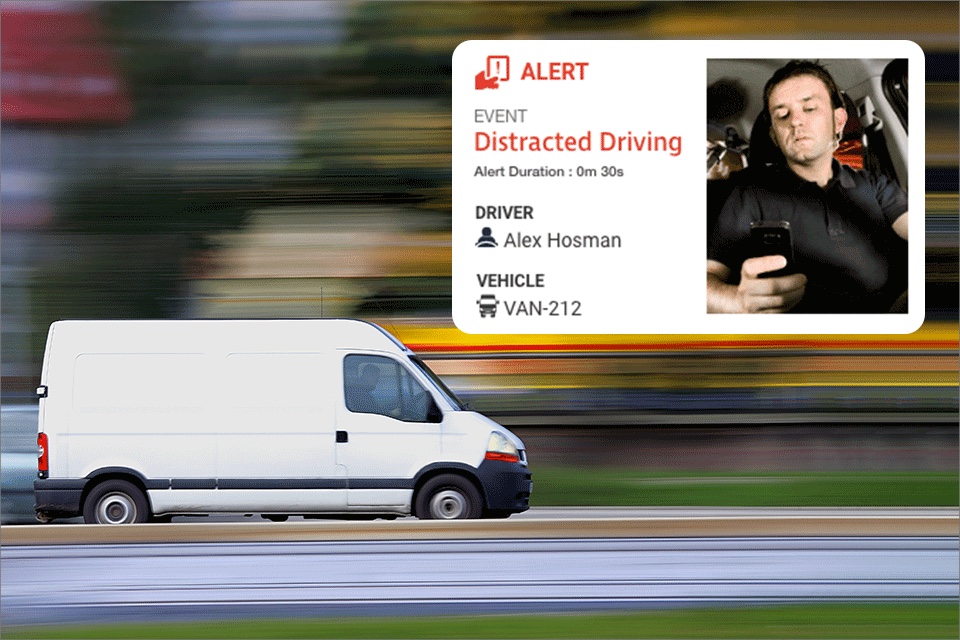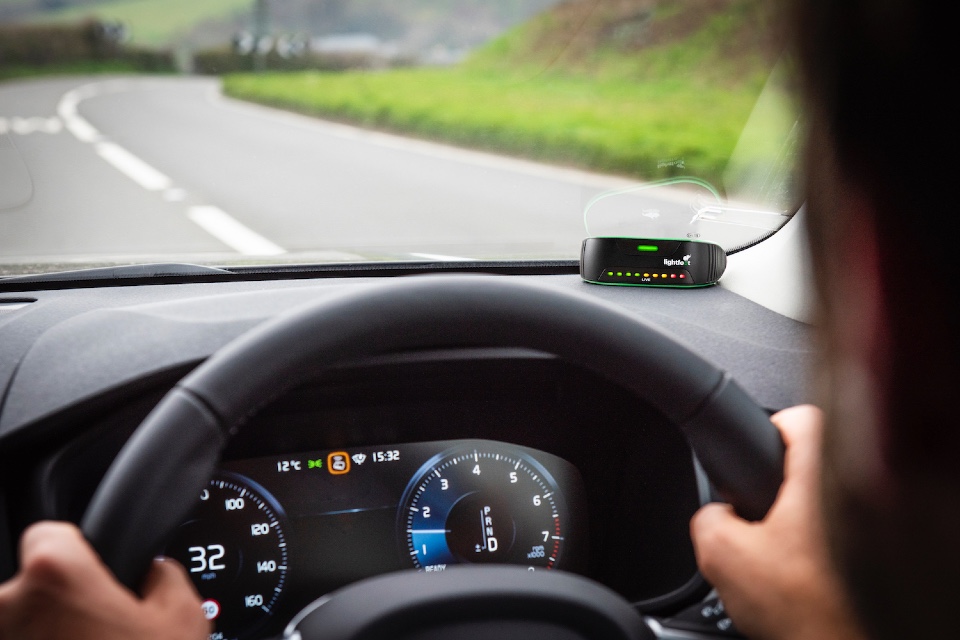Driver Safety – A guide to reducing risk
https://fleetservicessummit.co.uk/wp-content/uploads/2023/07/teletrac-Fleet-Summit60.jpg 960 640 Guest Post Guest Post https://secure.gravatar.com/avatar/cb2a67f15cd7d053d8e638a1df3fd67f?s=96&d=mm&r=gBy Barney Goffer, UK Product Manager for Teletrac Navman
For fleet managers, the first step to improving driver safety is knowing which metrics to capture in order to then create meaningful KPIs around them. This is where connected fleet management solutions come in – making everyone’s lives easier.
Connected fleet management solutions such as the ones we offer at Teletrac Navman can help fleet managers measure elements of driver behaviour and gain a clear picture of driver performance and levels of risk. Our latest solutions enable fleets to digitise coaching and incentive programmes, to help drivers identify and correct high-risk actions.
One of the key risk areas for fleets is distracted driving, which is now much easier to monitor thanks to smart dashcams placed in the vehicle. Smart dashcams can be lifesaving – they review every minute of drive time through forward and driver-facing cameras and utilising AI, signals of driver fatigue or distraction can be detected and acted on before an incident occurs. Driving behaviour can also then be reviewed retrospectively to develop sophisticated and engaging driver coaching.
Speeding is something that raises risk levels in any situation, so that’s another key factor we need to consider when implementing safe practices. With smart solutions, fleet managers can compare driver speeds with posted speed limits and set alerts based on their own thresholds. In addition to safety, reducing speeding events will also help to decrease unnecessary fuel usage which is an important business KPI.
Connected fleet management solutions can also give a fleet manager a clear picture of whether a driver engages in behaviour contrary to their safety goals, such as harsh cornering, aggressive acceleration, or heavy braking – the latter of which may indicate too much speed being carried or a delay in responses. In addition to impacting safety these actions also affect the condition of a vehicle and increase unnecessary maintenance costs, but also impact insurance premiums if the aggressive driving leads to an accident.
To recap, a firm understanding of driver behaviour and how certain behaviours add or reduce risk is vital to building a comprehensive driver safety program. Connected fleet management software now helps identify poor driving behaviours in real-time so that actions can be addressed and corrected before an incident occurs, while also more clearly identifying incidents for post-event training.
Risks can be drastically reduced when fleet managers are empowered with visibility and to be able to develop fleet safety programs proactively, deliver highly tailored training programs, and build driver trust through the personalised approach, transparency and immediacy of the training.
Take 30 seconds to fill out Teletrac Navman’s online solution builder and learn about the fleet safety technology being used by fleets around the world.









